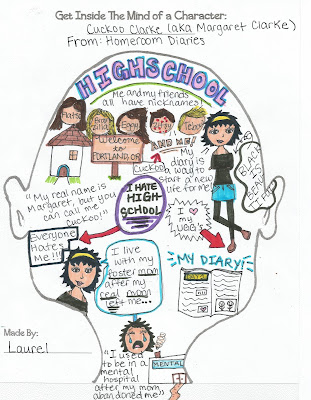Whether you are a parent doing homeschool lessons, a teacher assigning digital lessons, or we're all back in the classroom, a digital picture book challenge will keep your students learning and practicing many literacy skills in an engaging way.
The Very Impatient Caterpillar is a laugh out loud story about a little caterpillar who doesn't know much about metamorphosis. Here's a link to the story on Storytime with
Ryan & Craig:
This FREE digital challenge for The Very Impatient Caterpillar has 4 challenges for students to complete. They'll need a piece of paper and a pencil to write mystery words and letters they'll discover as they solve each challenge.
The story video and challenges #1 and #2 are Google Slides with moveable pieces.
The video link is filtered through SafeYouTube so there are no ads or any other distractors.
For challenge #1, students put the story events in order. When they finish, they go to the next slide and move the magnifying glass around to find a hidden message. The message tells them that the letters in red make a word from the story.
Challenge #2 is a nonfiction passage about metamorphosis with questions. The letters of their answers make a word from the story.
Challenges #3 and #4 are Google Forms. Students must answer correctly before moving on to the next question. For challenge #3, they determine if the statement is a fact or an opinion. They are given the mystery letter when they finish.
For challenge #4, students answer multiple-choice questions about the story. After the questions are answered, they are given the mystery letter to write on their paper.
Now it's time to crack the final codeword. Students should have two mystery words and two mystery letters on their scratch paper.
Answer keys and directions for assigning via Google Classroom and Google Drive are included.
These activities are for 2nd and 3rd graders.
This digital picture book challenge can be downloaded from my TpT store:
If you like this free challenge, check out more picture book challenges that each have six tasks.





































